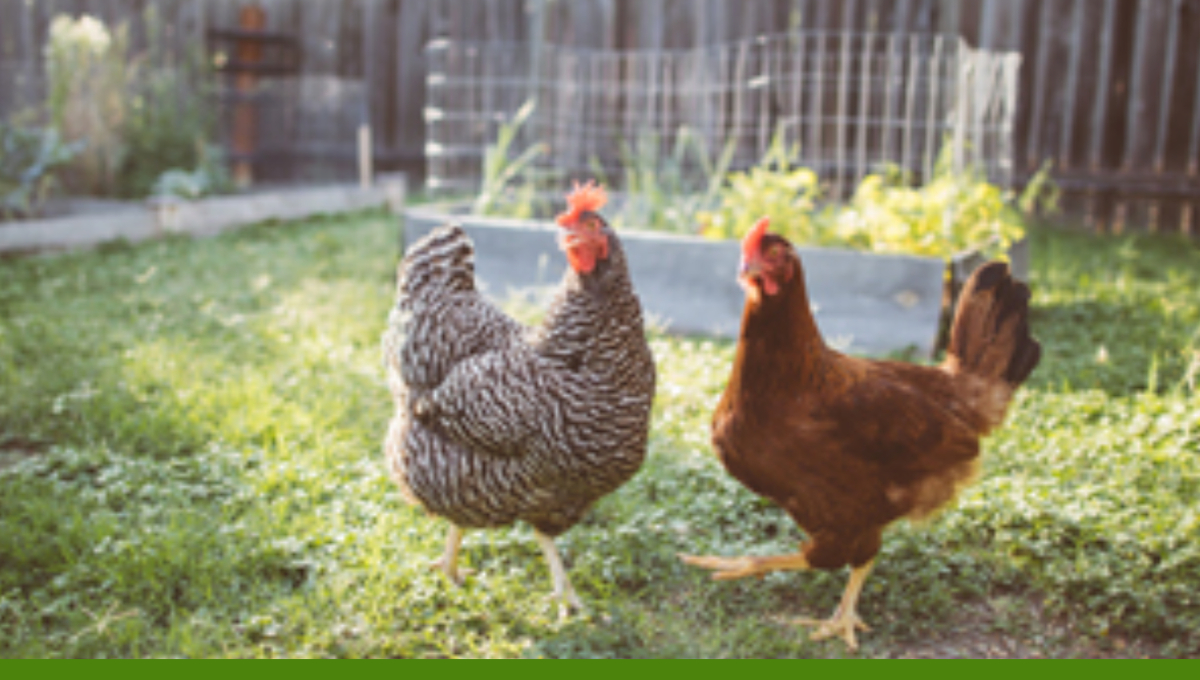
Up to now six months, new avian influenza case studies from greater than 40 nations had been filed with the Global Group for Animal Well being (OIE). Some of the ones studies at the moment are coming from the US.
The USDA’s Animal and Plant Well being Inspection Provider (APHIS) has showed 17 of the ones studies from 9 states. APHIS has no longer but reported on what number of birds had been killed so far to regulate the outbreak. The ultimate time avian flu were given free in the US, it required killing 51 million birds.
The detection of those viruses in poultry does no longer alternate the danger to most of the people’s well being, which the Facilities for Illness Keep an eye on and Prevention ( CDC) considers low.
“On the other hand,” says CDC, “outbreaks in home poultry, along with infections in wild birds, would possibly lead to higher exposures in some teams of other people, specifically poultry employees, for instance.”
For the previous month, the USDA has showed a brand new chook flu outbreak someplace in the US each different day or so. The USDA first spoke back with stepped-up surveillance via taking extra take a look at samples from wild birds in additional flyways. 8 of the ones 17 outbreaks contain yard flocks, whilst business turkey farms in Indiana have 5 outbreaks.
APHIS spoke back to the primary studies via increasing its avian influenza surveillance program. The APHIS Nationwide Natural world Illness Program, which collects 15,500 samples from birds in 25 states, was once higher to gather some other 14,500 samples from the Mississippi and Central spaces.
And vaccines may quickly be used in opposition to chook flu.
The USDA’s Nationwide Institute of Meals and Agriculture (NIFA) studies trying out mice with 8 vaccine applicants. NIFA helps the researchers as they paintings to seek out tactics to struggle HPAI.
The College of Minnesota (UM) analysis makes a speciality of vaccines for extremely pathogenic H5 and H7 avian influenza viruses. Dr. Yuying Liang with the UM Faculty of Veterinary Drugs says analysis has proven that avian influenzas can mutate hastily,
“We have no idea what pressure or mutation of HPAI will seem or when it is going to seem,” Liang mentioned. “Present vaccines are not going to be efficient in new outbreaks.
“The important thing to decreasing the unfold of an HPAI outbreak is to have a focused vaccine in a position to deploy,” she mentioned.
“Our manner is to make use of a reside viral vector that will reason a robust and widely protecting immune reaction each in antibodies and T-cells,” Liang mentioned. “Each are crucial in developing a powerful immune reaction.
“The activity now’s to guage the efficacy of inducing antibody and T-cell reaction in a reside animal. We’ve established the applicants are protected; we see no viral vector shed within the mice.”
“We had been lucky to obtain NIFA investment to jump-start our analysis,” Liang mentioned. “I imagine this paintings has nice possible for advances in each animal and human well being.”
Avian influenza is brought about via the influenza Sort A pandemic (influenza A).
Avian-origin influenza viruses are widely categorised in line with a mixture of 2 teams of proteins at the floor of the influenza A pandemic: hemagglutinin or “H” proteins, of which there are 16 (H1-H16), and neuraminidase or “N” proteins, of which there are 9 (N1-N9).
Many alternative mixtures of “H” and “N” proteins are imaginable. Each and every mixture is regarded as a unique subtype, and comparable viruses inside of a subtype is also known as a lineage.
Avian influenza viruses are categorized as both “low pathogenic” or “extremely pathogenic” in line with their genetic options and the severity of the illness they reason in poultry. Maximum viruses are of low pathogenicity, which means that they reason no indicators or simplest minor scientific indicators of an infection in poultry.
Here’s the APHIS log of avian flu outbreaks, starting Feb.8, 2022
(To join a loose subscription to Meals Protection Information, click on right here.)
